
Take a couple Penguins for your Saturday DraftKings NHL DFS lineups as they'll be facing a Sharks side that played on Friday and have given up over five goals per game.

Premier League GW8 preview: Liverpool host Manchester United at Anfield. Get odds, lineups, injuries, form guide, key matchups and betting predictions.

The CFB DFS DraftKings main slate is loaded for Week 8, and John McKechnie is here to break down his top plays and best lineup strategies.

Nathan Rourke and the Lions are set for a key Week 20 battle with the Elks, a game that informs plenty of DFS suggestions this week.

Premier League GW8 predictions and betting picks featuring a breakdown of Liverpool vs. Man United, top locks, and upset plays for the weekend slate.

Friday's NFL injury report for Week 7, with key updates, player news and fantasy football implications to help you make smart lineup decisions.
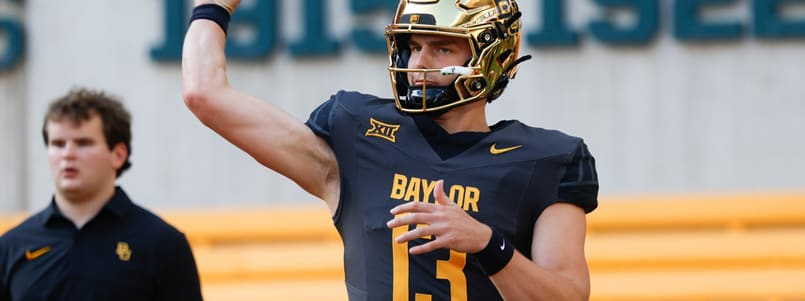
Dive into the ultimate CFB FanDuel DFS guide for Saturday, October 18! Uncover top picks, injury updates, and weather impacts for your winning lineup strategy.

You can get $100 in bonus bets instantly for the Cardinals vs Packers game tonight with the Bet Desert Diamond promo code. Claim your Bet Desert Diamond bonus today!
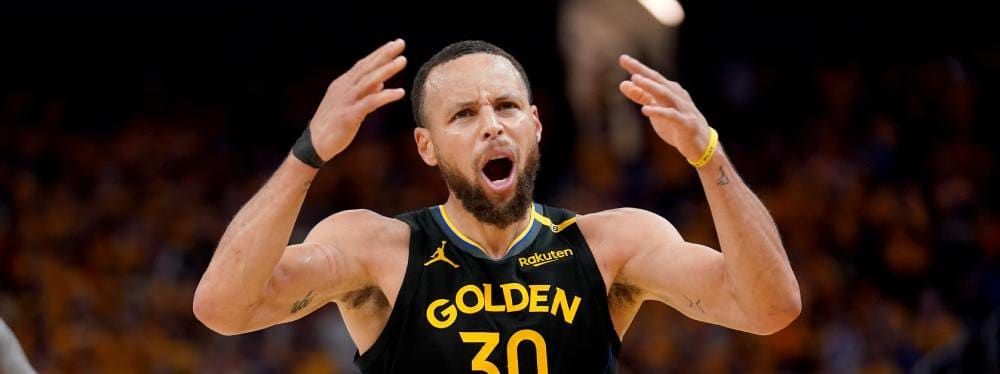
Avoid the biggest fantasy basketball draft busts this season. Get expert tips and smarter strategies to build a winning roster in your NBA fantasy draft.
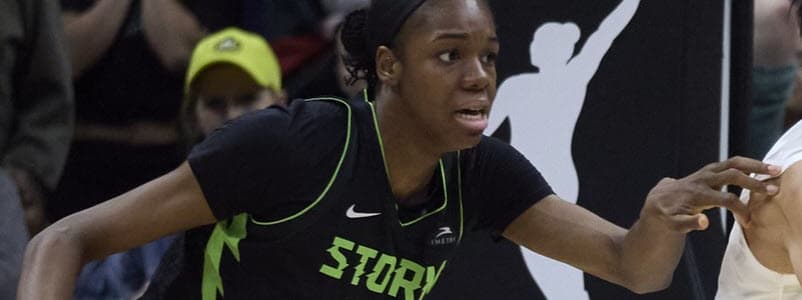
RotoWire expert Joe Mayo breaks down his way-too-early WNBA risers and fallers for 2026, including Dominique Malonga, who impressed during the second half of her rookie season.

Arbitrage bettors, look no further than OddsJam! OddsJam has an Arbitrage Betting Finder tool that can help identify arbitrage betting opportunities quickly. Get a 7-day trial to OddsJam today.
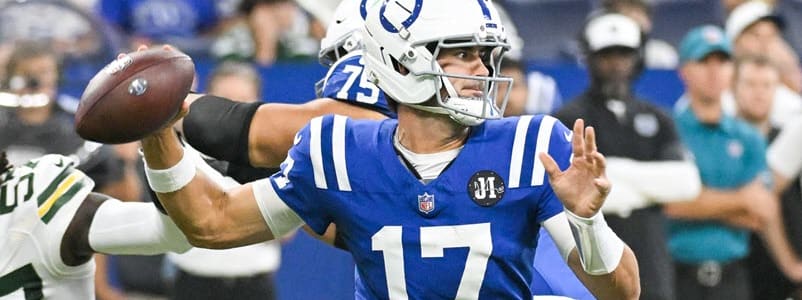
There are a number of interesting leverage spots for Sunday's 10-game slate on DraftKings, including a focus on the Daniel Jones and the Colts passing game.

Analyze week 7 top WR vs. CB matchups. Get insights on key WR vs CB battles, potential upgrades or downgrades and fantasy football implications. Rome Odunze should bounce back against New Orleans.

The bet365 refer a friend bonus ROTOWIRE gets you up to $500 in bonus bets annually, just by referring new friends. Check out our complete breakdown of the bet365 referral bonus here.

The best online casino no deposit bonus offers give you house money as soon as you register. When you use the BetMGM Casino bonus code, you can earn $25 instantly!
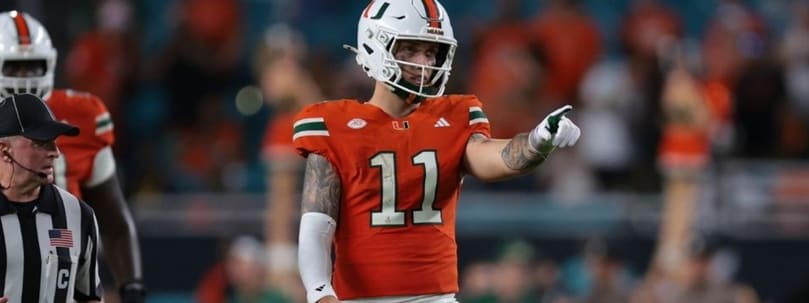
The Miami Hurricanes host the Louisville Cardinals in a thrilling ACC showdown. Will Miami cover the spread? Discover expert betting insights on the contest for both the game and player props!



